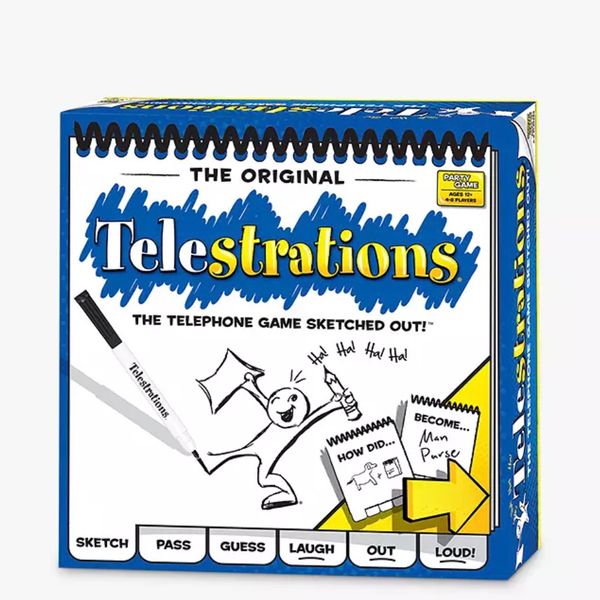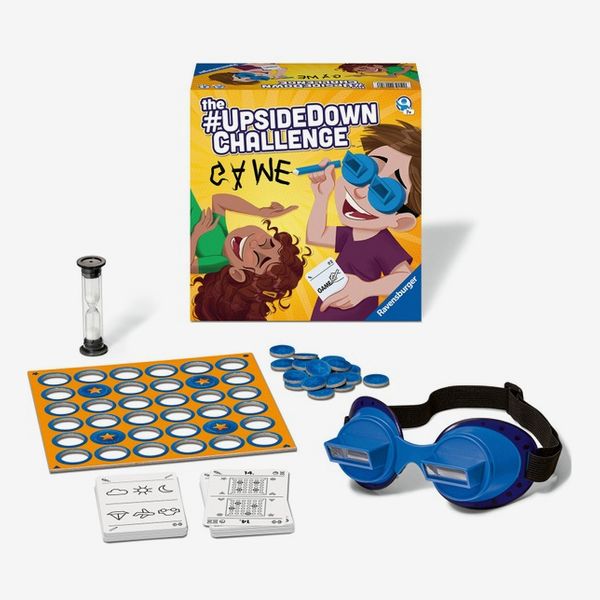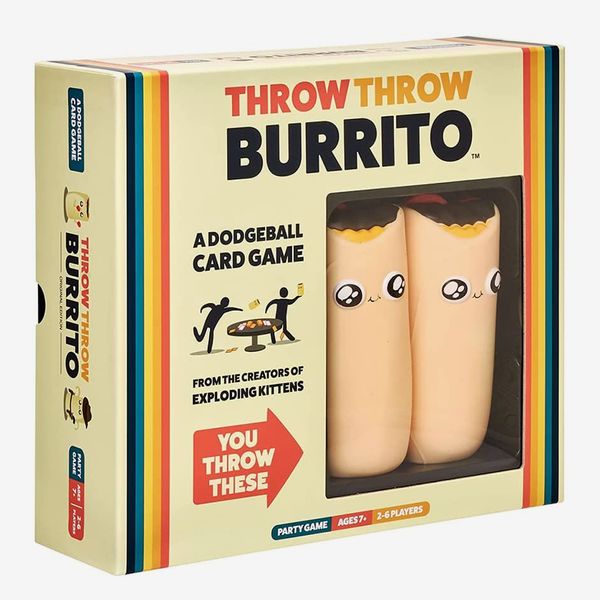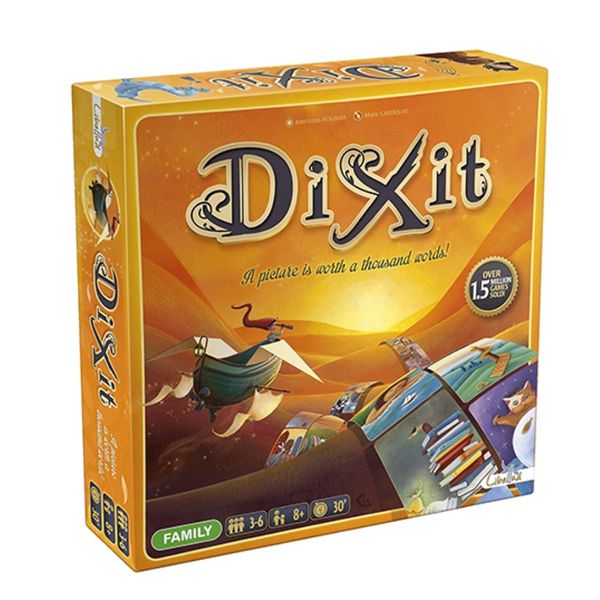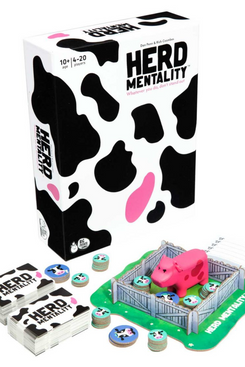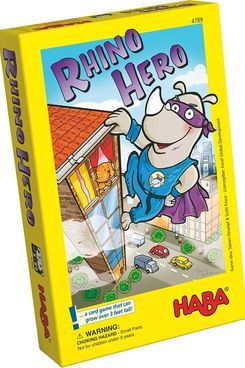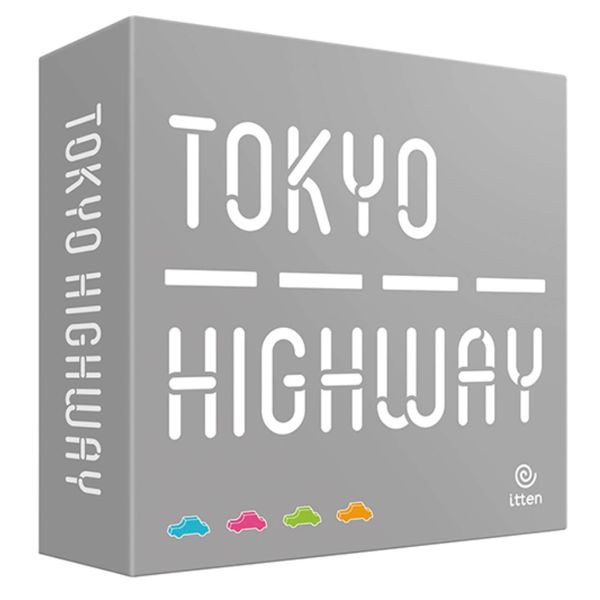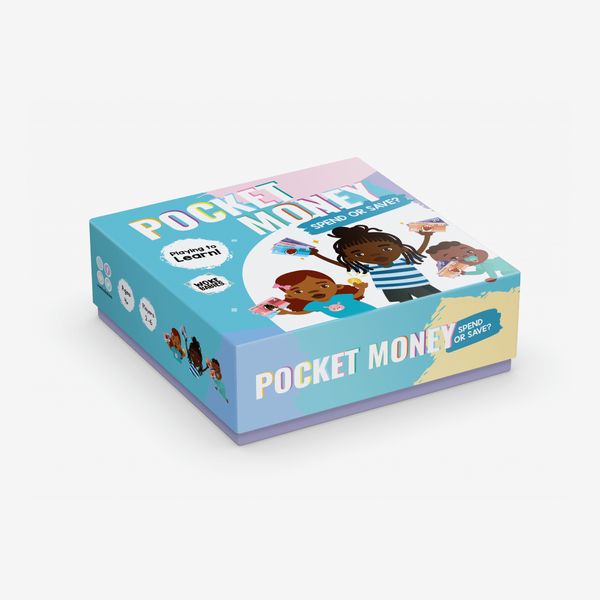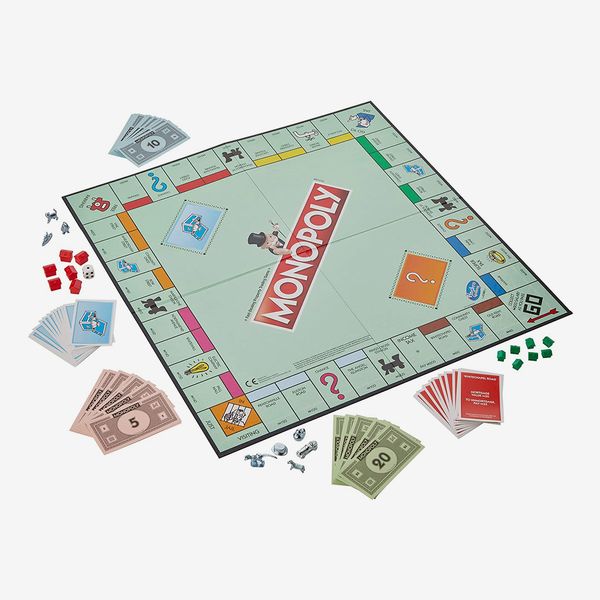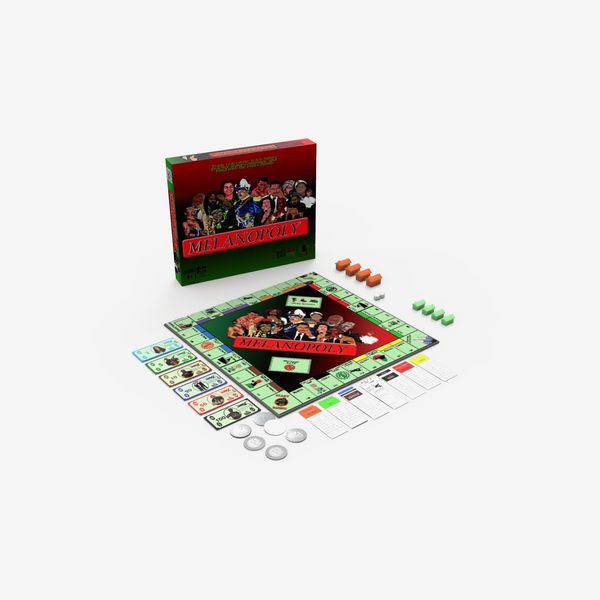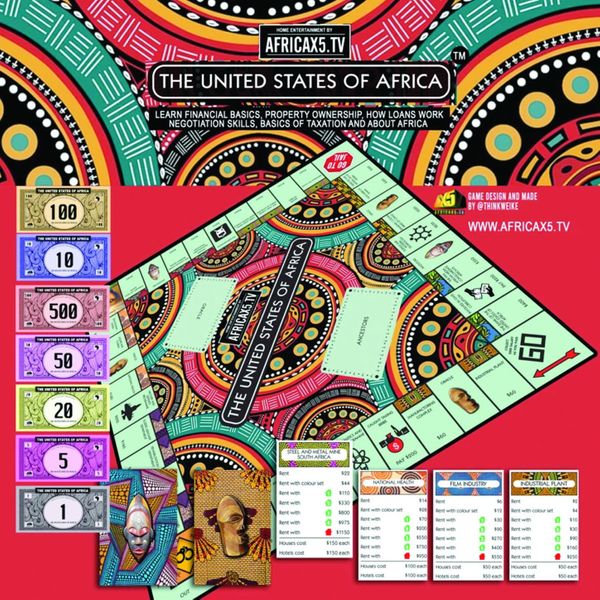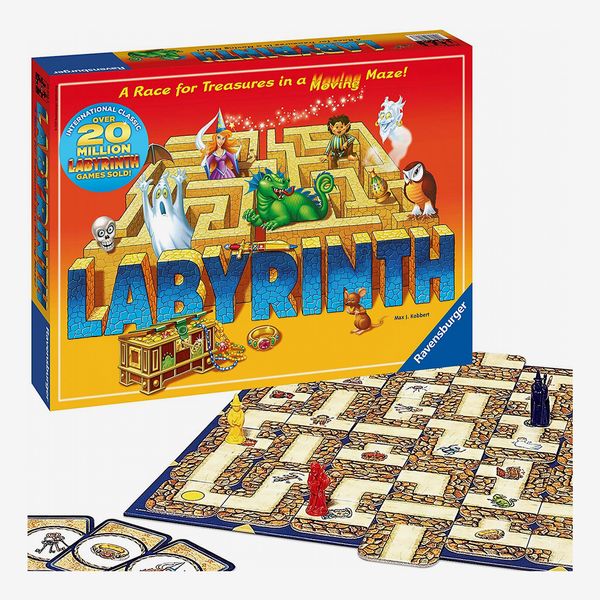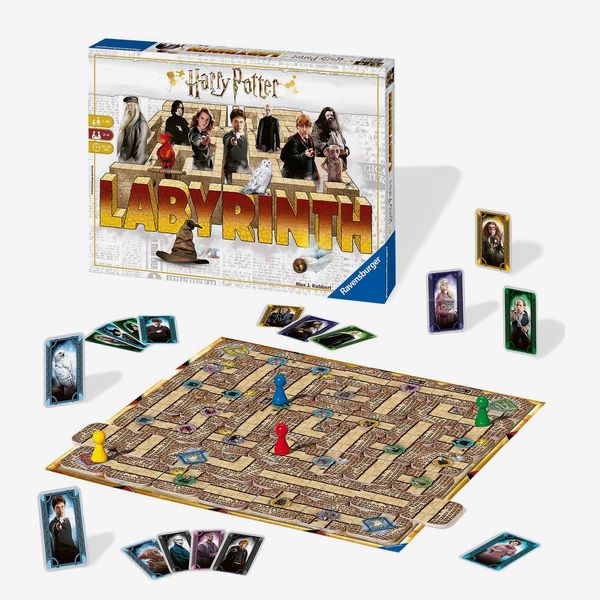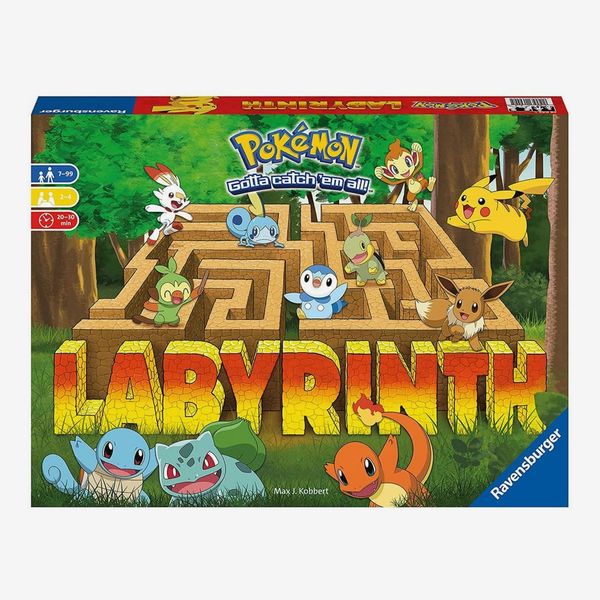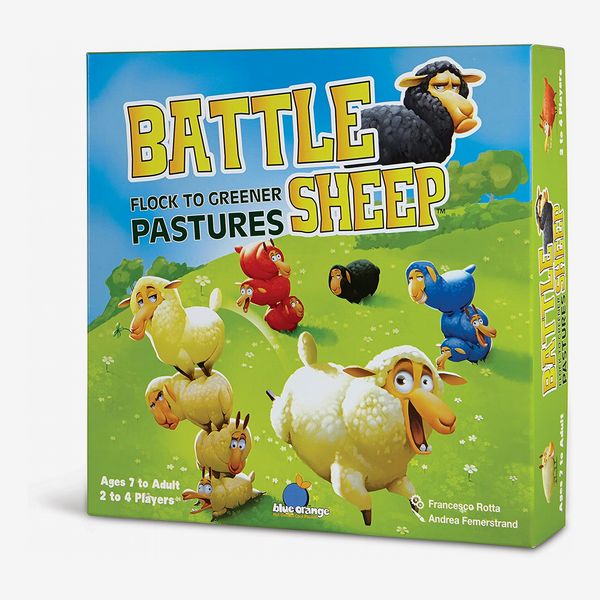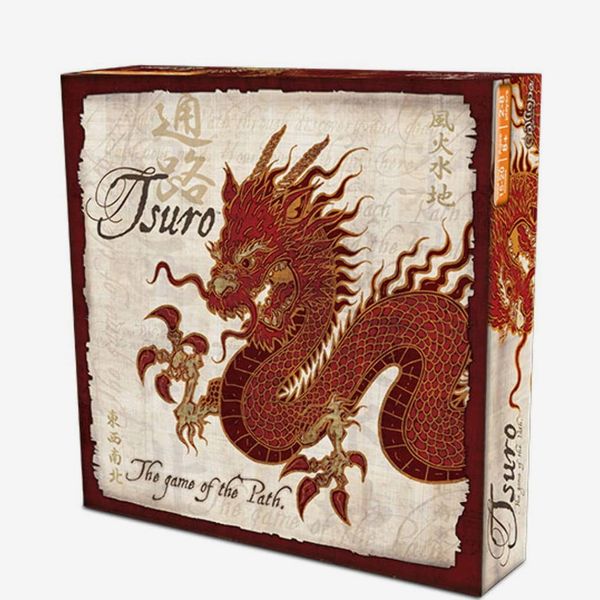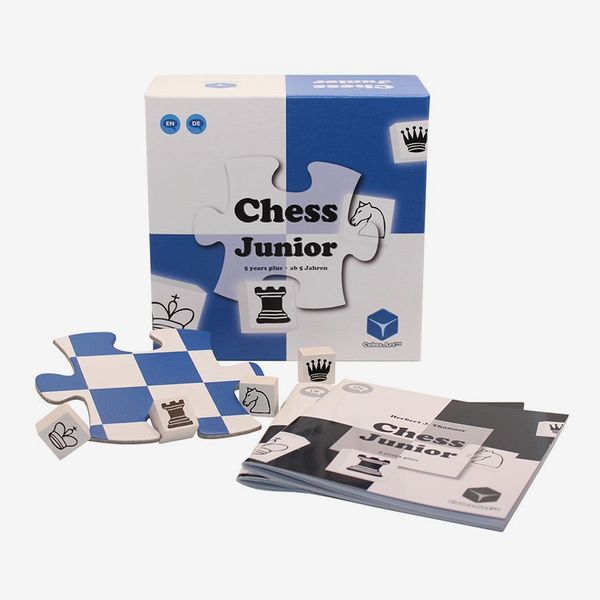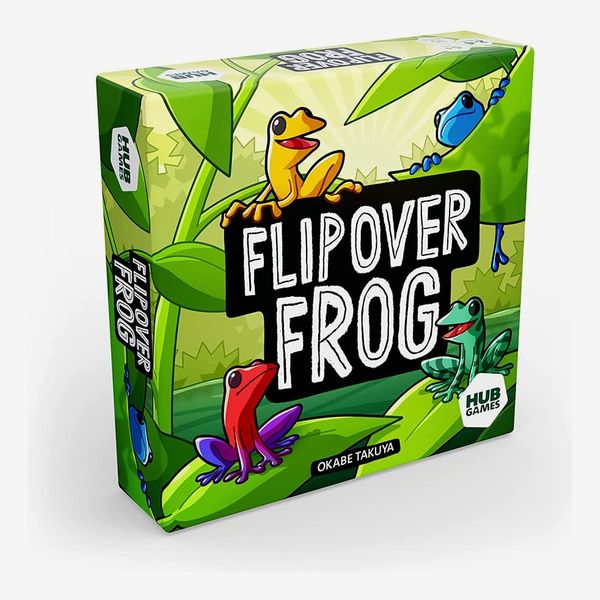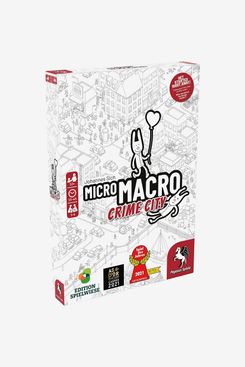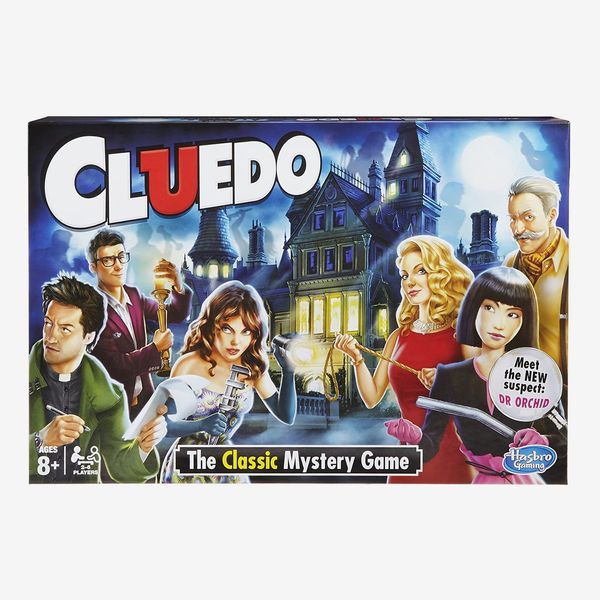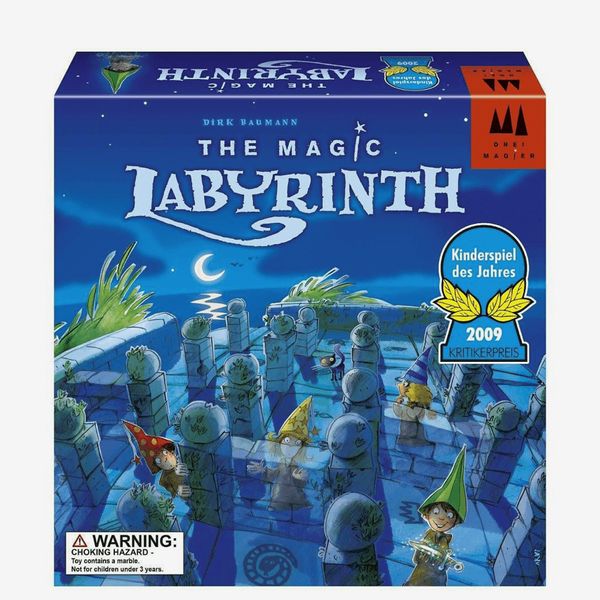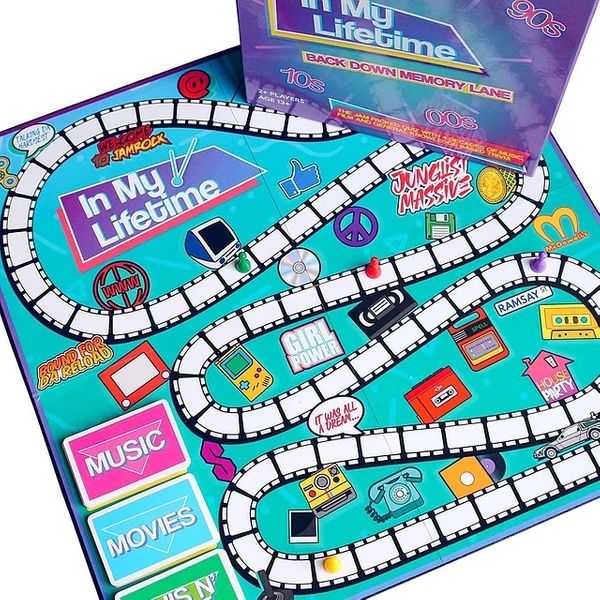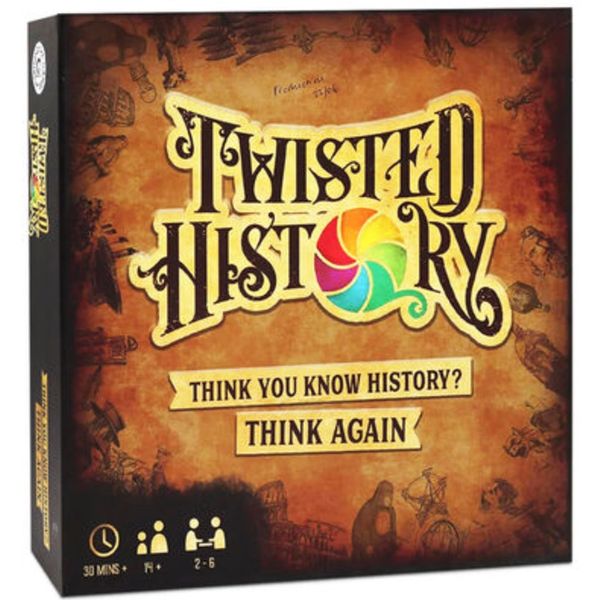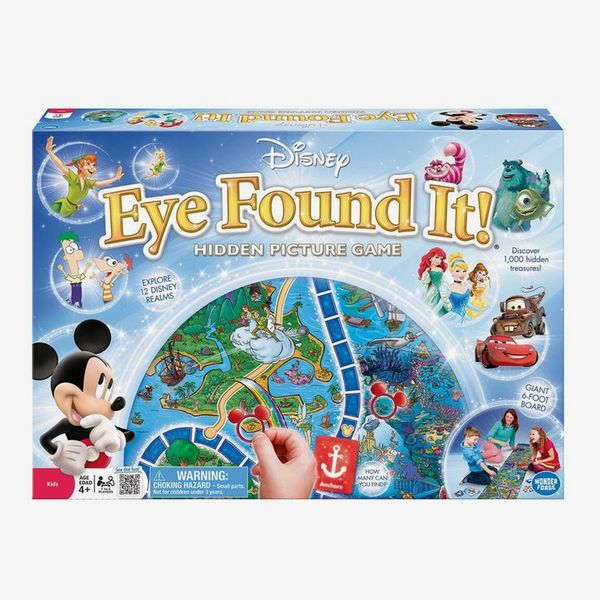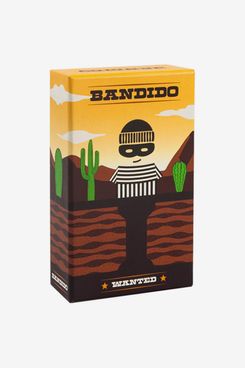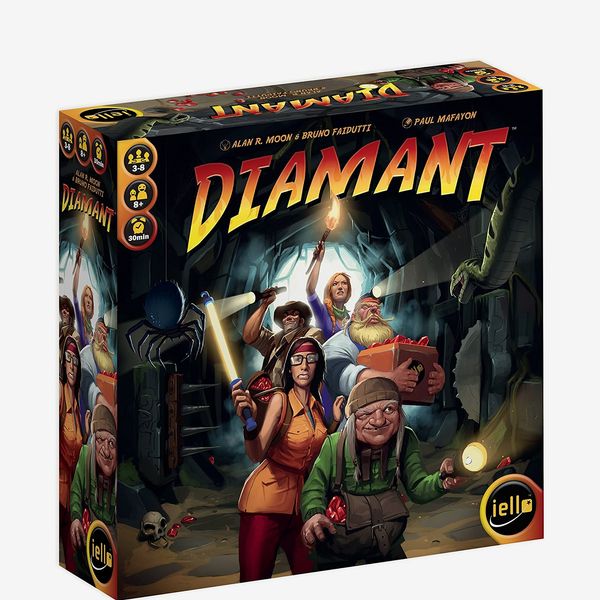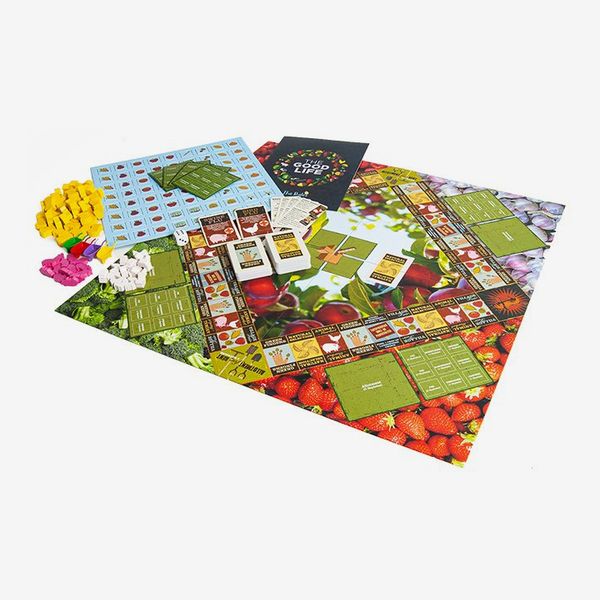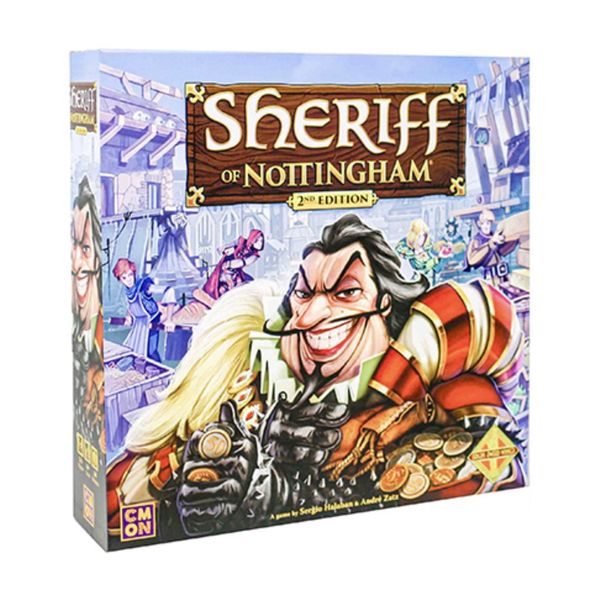
Board games have become a favourite hobby among many UK families, especially since the first lockdown in 2020. But finding games that will interest all family members — from the very young to parents and even grandparents — can be a challenge. “You want games that are like magnets to people and therefore are magnets for family time”, says Ellie Dix, designer of Dark Imp Games and Puzzles and author of Board Game Family: Reclaim Your Children From the Screen. “Games that are instantly visually appealing, that people — children and teenagers in particular — are not going to want to walk past. Games that give players things to touch, so they can connect with it physically, unlike a video game. Games where children can compete on a level playing field with adults, or they can cooperate together. Those are wonderful things that bring families together.” We asked ten experts, including board game designers and reviewers, to recommend the best games for multigenerational groups.
(A note on age ranges marked on board-game boxes: These should be used for guidance, but Dix advises you shouldn’t immediately discount a game if the age range stated is older than the age of the youngest player in your group. Parents should use their discretion about whether the concept and gameplay are suitable for their children.)
The best family party games
New! You can now save this product for later.
“Telestrations has the smallest imaginable distance between explaining the rules and everyone laughing”, says Michael James Heron, founder of Meeple Like Us. It’s a little like a pass-it-on Pictionary. Four to eight players simultaneously sketch their secret Telestrations word on a dry-erase board. After 60 seconds, everyone passes their board to the person next to them, who writes down what they think has been drawn. Everyone then passes their guess to the next player, who is tasked with drawing that word. The game ends when the boards have been returned to their original players and the miscommunication is revealed. “I have tried it with dozens and dozens of people over the years — it has never failed to hit”, says Heron.
Box-recommended age range: 12+ (but children 5 and older can join in if someone helps them read their card).
New! You can now save this product for later.
Peter Jenkinson, CEO at Toyology, loves this game in which two to six players don a pair of mirrored goggles and complete tasks such as touching fingers or drawing a picture while viewing the world upside down. “The beauty of this game is you can either follow the rules or just put the glasses on and do daft things”, he says. “It’s something everybody can have a laugh with.”
Box-recommended age range: 7+ (but younger children can join in if some of the tasks are adapted to suit their ability).
New! You can now save this product for later.
In this “dodgeball card game“, two to six players compete to find sets of three while throwing squishy burritos at each other. Uju Asika, blogger, digital consultant, and author of Bringing Up Race, says her family love to play “because it’s fun and fast-paced”. “The boys always crack up when we do the ‘burrito duels’ because for some reason my walk gets all wobbly and offbeat when we do the 3-2-1 countdown”, she adds.
Box-recommended age range: 7+
New! You can now save this product for later.
Heron says this “wonderful and whimsical” three-to-six-player game contains some of the most beautiful art he has ever seen in a game. Each turn, one player is designated as “the storyteller” and makes up a clue based on the images on one of the cards in their hand. “The storyteller says a clue such as ‘the sound of time’, and then everyone plays the card they have that they think is closest to that clue”, explains Heron. All the cards are shuffled (including the storyteller’s), and players bet upon which card was the storyteller’s. “The game itself is great, but I think the discussions it prompts amongst players of all ages are even better”, says Heron.
Box-recommended age range: 8+
New! You can now save this product for later.
The aim of this game is to “think like the herd”. A question is read out and everyone writes down their answer. If no one’s answer matches yours, then you get handed the angry pink cow, and your herd of cows is worthless until you can pass the pink cow to someone else. This game is designed for four to ten players, but Jenkinson says it works in even larger groups. “We played it one Christmas with probably 20 of us around the dinner table”, he explains. “We all really enjoyed it — even my wife, who is not a massive games fan.”
Box-recommended age range: 10+
The best dexterity games
New! You can now save this product for later.
This two-to-four-player card game is unlike any other because players have to place their cards on top of other cards to build a tower. The aim is to get rid of all your cards without the tower falling over — a feat made more difficult by Super Rhino, a heavy-footed character who climbs the towers and is prone to making them wobble. “It’s kind of like a combo of Uno and Jenga”, explains Ben Coles, manager and head game guru at Thirsty Meeples Board game cafe in Bath. “It’s really good for little kids — because you’re just balancing cards — and it’s really good for big kids too. It’s particularly good for drunk adults actually.”
Box-recommended age range: 5+
New! You can now save this product for later.
“You can’t play Tokyo Highway without taking a picture of it”, says Dix. “It’s got these wonderful, very simple but very beautiful wooden pieces, and you create a spaghetti junction of roads that is totally different every time. You’ll want to show everybody what you’ve created.” Players take turns constructing roads using small cylinders to support thin sticks. If your road goes over or under another road, you can place a car upon it. Two to four players compete to place all their cars on the roads first. “If you are not very steady of hand, this is very challenging”, adds Dix. “So it’s not great for the very young, very old, or those with dyspraxia.”
Box-recommended age range: 8+
The best money games
New! You can now save this product for later.
Desriee Asomuyide, founder of inclusive children’s brand Little Omo, and Patrick Adom, founder of Very Puzzled, recommend this colourful game that teaches children about spending and saving. Two to six players move around the board and take turns answering questions on homework cards divided into piles suitable for those age 4 to 12 and older. Adom says it “is a wonderful board game that can be played by the whole family” and is one you will “play again and again”. “It teaches children about financial literacy in a way that they can relate to. It’s a lot of fun, and the illustrations are bold and attractive”, he adds.
Box-recommended age range: 4+
New! You can now save this product for later.
Don’t overlook this classic, which has repeatedly earned top place in the Insights Family’s ranking of kids’ favourite board games. “The concept is easy enough for younger kids to understand whilst remaining challenging for parents”, says Sarah Riding, research and trends director at The Insights Family. “The game, which appeals most to kids aged between 9 and 13, has many iterations depending on your interests, which increases relevance to different players.”
Box-recommended age range: 8+
New! You can now save this product for later.
“This is a spin on the traditional Monopoly game that allows families to learn more about African and Caribbean culture and heritage whilst competing against each other”, says Adom. Rather than buying up London streets, two to four players compete to buy and build property in the Caribbean, Africa, England, and America.
Box-recommended age range: 7+
New! You can now save this product for later.
“This game is so much fun that children won’t notice that they are also learning while they play”, says Adom. “Another spin on the classic Monopoly board game that brings out different aspects of Africa.” Instead of Chance and Community Chest cards, there are Ancestor and Oracle cards that can change a player’s fortunes.
Box-recommended age range: 8+
The best strategy games
New! You can now save this product for later.
“First published in 1986, Labyrinth is now considered a classic game”, says Nick Tee, founder of Board Game Reviews. Two to four players take turns to shift the walls and paths of a maze, allowing them to collect treasures and block their opponents. Younger players will enjoy the puzzle solving, while older ones can play more strategically. Tee says it is “surprisingly satisfying for all ages”. He and Jenkinson like both the original board and the newer branded versions such as Harry Potter and Pokémon.
Box-recommended age range: 7+
New! You can now save this product for later.
New! You can now save this product for later.
New! You can now save this product for later.
This is a quick game with a playing time of just 15 minutes. According to Coles, it’s “a very simple, easy to learn, but brilliantly tactical strategy game for two to four players. Each player has little tokens with illustrations to represent the sheep, all of which express different attitudes about their adventure.” Each player’s flock of sheep starts off in one big pile, and “the aim is to conquer as much of a field as possible so you can get all of the tasty grass”, explains Coles. “You use your sheep to block off areas of the board and inhibit other people and make sure you have access to the most grass. So it’s actually very tactical, but it’s got a simple set of rules so it’s easily learnable for kids.”
Box-recommended age range: 7+
New! You can now save this product for later.
This two-to-eight-player game may look quite grown-up, but Dix says you can easily play it with young children. “It’s so simple, you can explain the gameplay in 30 seconds”, she says. “It only takes around 15 minutes to play, which also makes it perfect for children.” Each player has a coloured stone and tiles that have paths marked on them. On your turn, you place a tile in front of your stone and move it along the path. If the path your stone is travelling along goes off the edge of the board, you’re out. The aim is to be the last player on the board. “Normally, I don’t like games with player elimination, but because the game doesn’t last very long, it really doesn’t matter”, says Dix. “Really interestingly, you’d think that adults would have an advantage over children, but they tend not to have.” [Editor’s note: this product is currently out of stock].
Box-recommended age range: 8+ (but Dix says children as young as 5 or 6 will be able to pick it up).
New! You can now save this product for later.
“For families who enjoy chess and want to introduce younger children or those who want to start to learn chess in a fun, easy-to-access way, this game can provide healthy competition between all family members”, says Amanda Gummer, play psychologist and Good Play Guide founder. Rather than epic matches, this set sees two players engaging in mini-games that last just five to 20 minutes, so young players can keep track of moves and gradually learn to think strategically.
Box-recommended age range: 6+
New! You can now save this product for later.
“Flip Over Frog is quick fun with enough to think about to keep all ages entertained”, says Tee. “Although quick to play, it will leave you wanting a rematch.” In this two-to-four-player game, each person takes turns placing frogs on the game board to flip adjacent tiles, hiding some frogs and revealing others. The aim is to cover the board with as many frogs in your colour as possible. “There is a little bit of luck of what tiles are drawn, and the lead will swing back and forth”, says Tee.
Box-recommended age range: 6+
The best deduction games
New! You can now save this product for later.
If you love crime drama, this is the game for you. “It’s completely different from any other game I’ve ever played”, says Dix. Rather than a board, the gameplay focuses on a large poster with characters and buildings drawn on it. Players are given a series of cards that instruct them to find a detail on the map that will reveal information about the case. You need to piece together what has happened to solve different crimes committed in the city. “It’s so ingenious”, says Dix. “It has the ability to be played by any number of players, and you could play it for five minutes at a time or play for an hour. I know schools that have got this up in the corridors so children can play while waiting for a lesson to start because it’s so fun to do.”
Box-recommended age range: 12+(Dix says this game has been given a relatively high age rating due to its content — there are murders in the city — but younger children around age 8 and up will be able to enjoy the gameplay. So parental discretion is advised.)
New! You can now save this product for later.
“Cluedo, believe it or not, is my 11-year-old’s go-to game if she has friends round”, says Jenkinson. “Quite recently, she and three friends were sat around the kitchen table and they were there for two hours with no screens just playing Cluedo.” If you want to enjoy this two-to-six-player game as a family, Jenkinson advises steering clear of the Junior version “because it’s just too easy even for children”.
Box-recommended age range: 8+
The best memory game
New! You can now save this product for later.
“This is a really brilliantly designed and produced memory game for two to four players”, says Coles. Each player is in control of a little wizard who is looking for lost magic objects inside their master’s maze, but there’s a catch — the walls of the maze are hidden below the board, so you can’t see them. Each wizard is attached by a magnet to a ball bearing on the underside of the board. “If your wizard moves through one of the invisible walls, you will lose your ball bearing and be teleported back to the start”, explains Coles. “So over the course of several turns, you have to begin to memorise the labyrinth — otherwise, you’ll never be able to get to all the objects.” [Editor’s note: this product is currently out of stock].
Box-recommended age range: 6+
The best trivia games
New! You can now save this product for later.
This board game — which celebrates Black and urban culture from the 1980s, 1990s, 2000s and 2010s — will get families bonding over nostalgia and shared history. “I think this is a fantastic game as it teaches people from all backgrounds about Black culture, music, film and TV”, says Asomuyide. Get into teams with as many people on each team as you like — the more the merrier as the more questions you get right, the quicker you move along the board.
Box-recommended age range: 13+
New! You can now save this product for later.
This game for two to six players involves answering multiple-choice historical questions to stay “ahead” of the executioner. “But this isn’t the usual stuff like, ‘When was Richard the First crowned?’” explains Jenkinson. “The questions are based on really odd and really random information.” Questions include: “How did an already dead enemy of Viking ‘Sigurd the Mighty’ kill him in 872?” And: “In the world’s oldest known pregnancy test, what did a woman do to see if she was pregnant?” “It’s an entertaining way to absorb history and is a really good game”, says Jenkinson.
Box-recommended age range: 14+ (but Jenkinson says with a bit of parental discretion about the grislier cards, it can be played with kids age 7 and up)
The best cooperative games
New! You can now save this product for later.
“Cooperative games work really well with players of different ages as everyone is working together against the game, which means suggestions can be made about the possible options, helping younger players to interact with the game”, says Tee. Disney Eye Found It! is a cooperative game in which one to six players race to get to Cinderella’s Castle before the clock strikes midnight. “Players will win and lose together”, says Tee. “They will also frequently be scouring the board for hidden objects, giving a ‘Where’s Wally’ feel to the game.” [Editor’s note: This product is currently out of stock.]
Box-recommended age range: 4+
New! You can now save this product for later.
“Bandido is a surprisingly pesky crook that is trying to dig his way out of prison. The aim of the game is to work together to block up all the tunnels before you run out of cards”, explains Tee. “While the gameplay is simple (you play a card from your hand of three, then draw a new card), stopping Bandido escape is surprisingly tricky.” This card game is for one to four players, and while it is suitable for children, Tee. says it is just as entertaining for adults, who may find themselves trying to stop Bandido once the kids are in bed.
Box-recommended age range: 6+
The best collecting games
New! You can now save this product for later.
In this adventure game, three to eight players take on the role of explorers delving into caves to rescue treasures. “It’s a push-your-luck game, so that means each turn, you’re going to have the option to go deeper into the cave and potentially get more treasure, but if you do so, you are incurring more risk and could lose all your treasure”, explains Coles.
Box-recommended age range: 8+
New! You can now save this product for later.
This is the game for families who have dreams of becoming self-sufficient. Each player moves their wheelbarrow around the board to collect fruit, vegetables, and little wooden pigs and chickens while overcoming hurdles such as fox attacks and droughts. The winner is the first of the two to four players to fill their garden and allotment with produce and animals. “With sustainability being such a hot topic, it’s great to be able to open up discussions on it whilst having fun playing this great family game”, says Gummer.
Box-recommended age range: 6+
New! You can now save this product for later.
“This is a game of bluffing and blustering, where everyone tries to sneak combinations of legal and illegal goods past the corrupt Sheriff”, explains Heron. Each player will take turns as the sheriff, while two to five others attempt to persuade them to let them pass with bags filled with cards depicting legal or illegal goods. “It’s easy to learn and tends to create a lot of fun roleplay around the table”, adds Heron. “I’m sure kids would love looking their parents in the eye and enacting a little bit of commercial vengeance upon them.”
Box-recommended age range: 14+ (younger children, from about age 8, will be able to join in but may benefit from playing as teams to begin with).
The Strategist UK is designed to surface the most useful, expert recommendations for things to buy across the vast e-commerce landscape. Read about who we are and what we do here. Our editors update links when possible, but note that deals can expire and all prices are subject to change.
